Supporting the Classics: Rene Herse Brakes and Chainrings
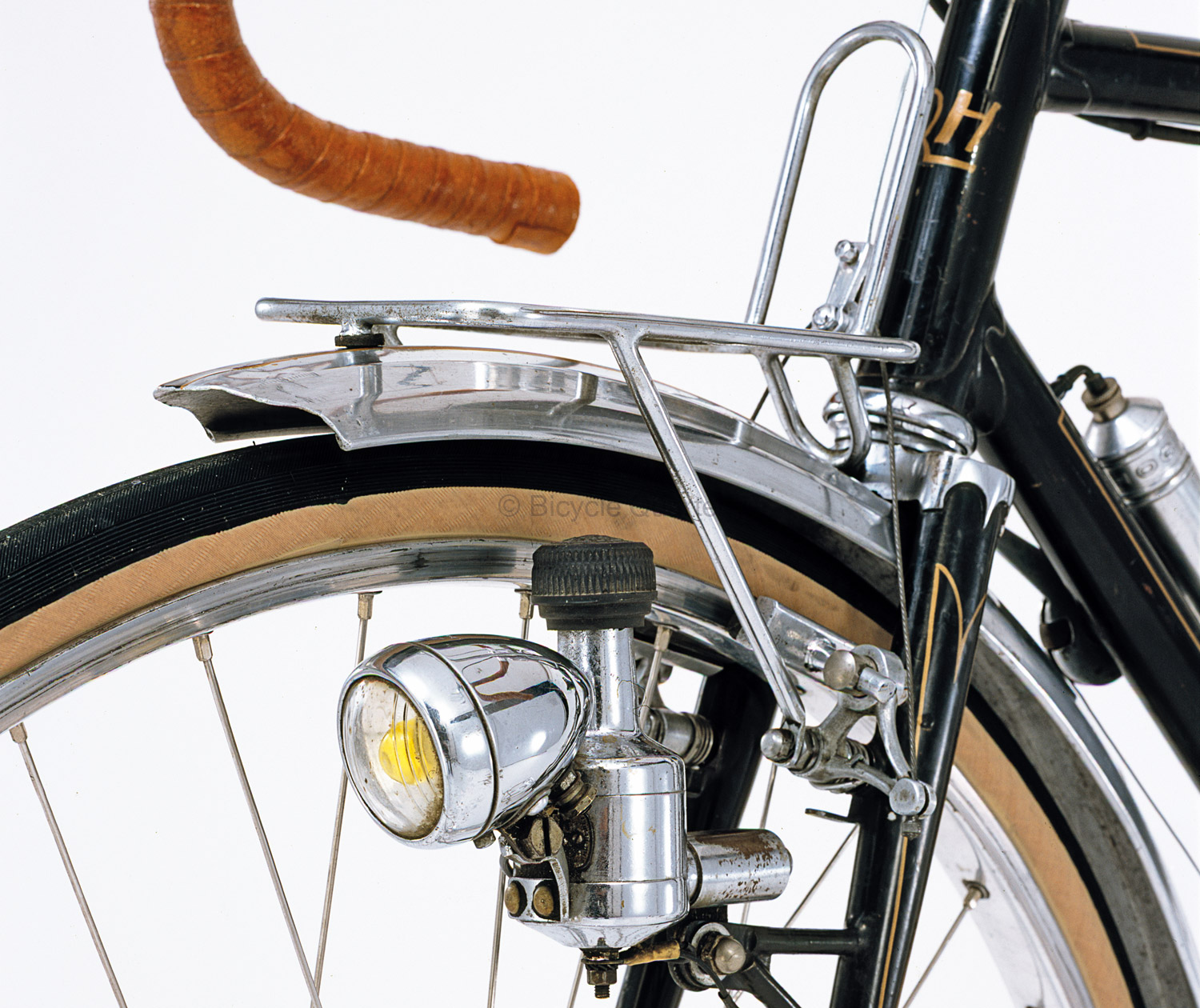
At Rene Herse Cycles, we support the classics, in addition to pushing the envelope as we develop our modern parts. René Herse’s bikes were prized for their beauty and performance, and today, they continue to be treasured like few other classics.
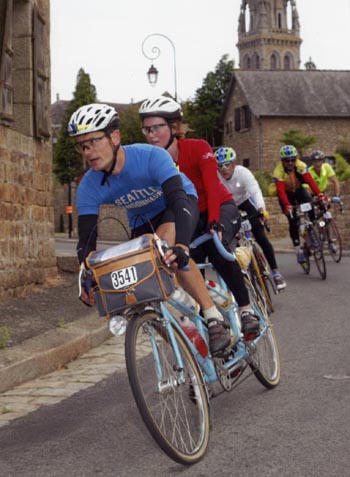
I’ve enjoyed many great rides on classic Rene Herse bikes and tandems – above in the 2003 Paris-Brest-Paris – but I also know about the challenges of keeping bikes rolling decades after they’ve been made. That is why we support the restoration and use of these wonderful machines with spare parts.
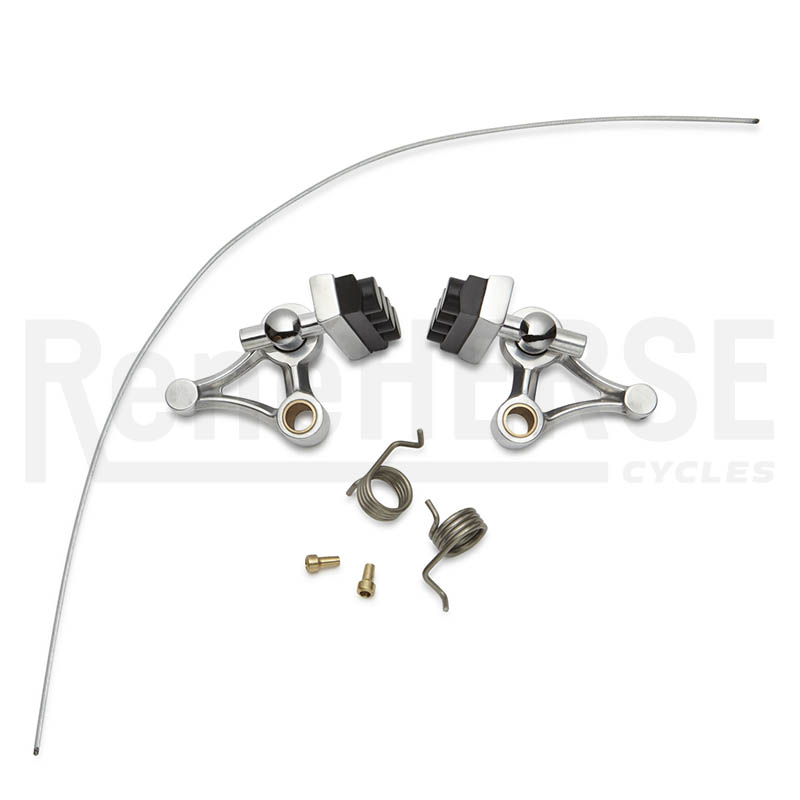
Rene Herse cantilever brakes were revolutionary when they first appeared: incredibly light and powerful. Even today, they are still the lightest brakes you can buy. Over the years, many Herse bikes were equipped with newer brakes when parts became hard to find.
We now offer the original brakes for restorations. They differ from the modern version: They are designed for Rene Herse’s proprietary posts, whereas our modern brakes fit on standard posts. Also, the straddle cable and the springs are different.
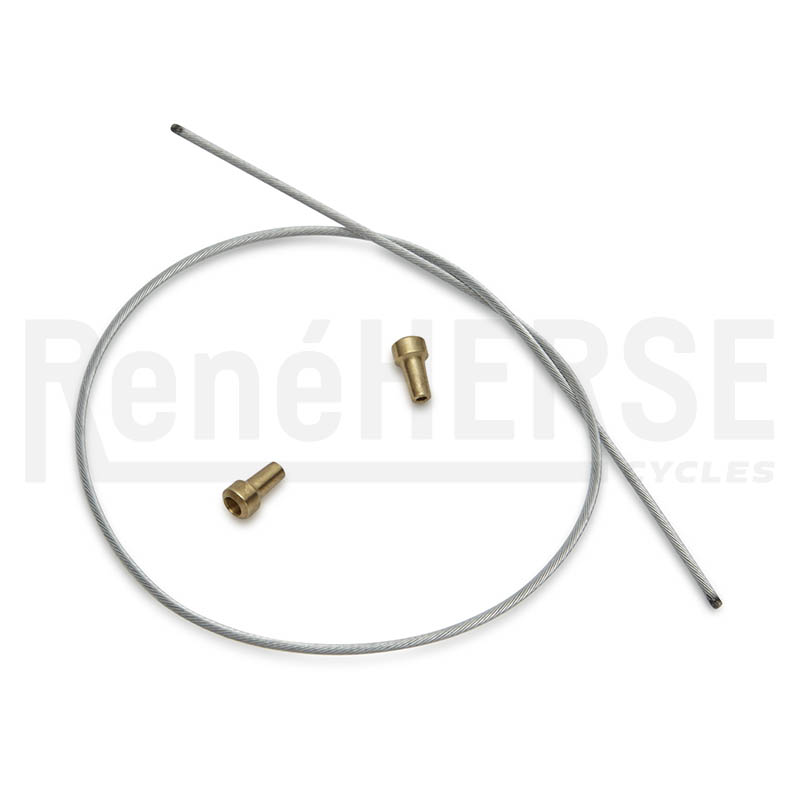
The springs and straddle cables are available separately as spare parts, too. For the straddle cable, the ends are silver-brazed onto the wire, so the length of the cable can be adjusted as needed.
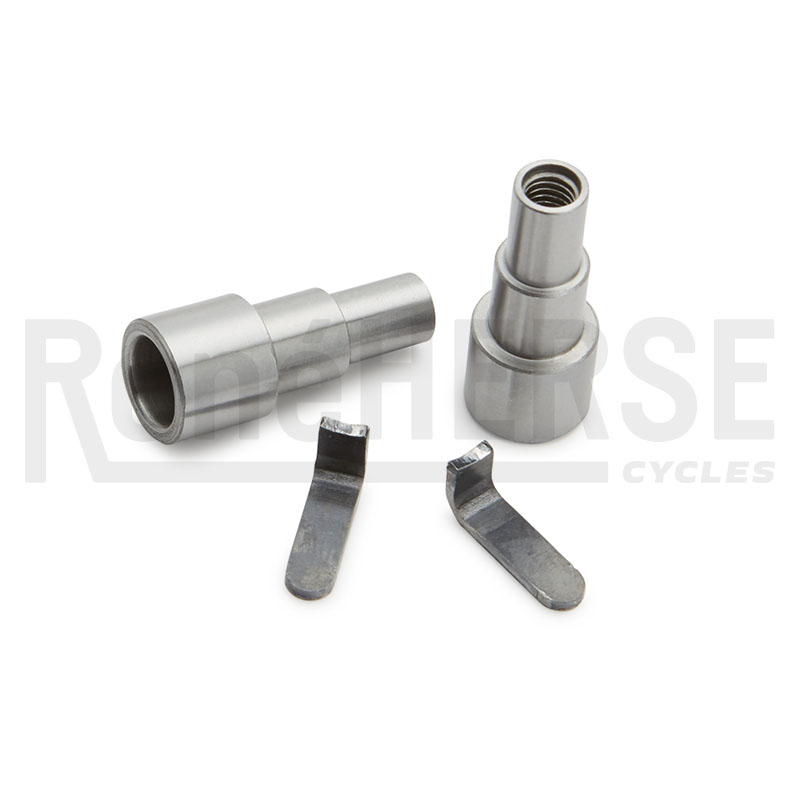
We also offer the classic Rene Herse brake pivots to help restorers who want to return classics to the condition in which they left the workshop of ‘the Magician of Levallois.’ (René Herse’s nickname alluded to the part of Paris where his workshop was located.) The L-shaped braze-ons were guards to prevent the brake from rotating into the spokes in the (unlikely) case the brake cable failed.

To go with the brakes, we offer the superlight Rene Herse cable hanger, which is a great choice not just for classic restorations, but also for modern bikes like my Mule.
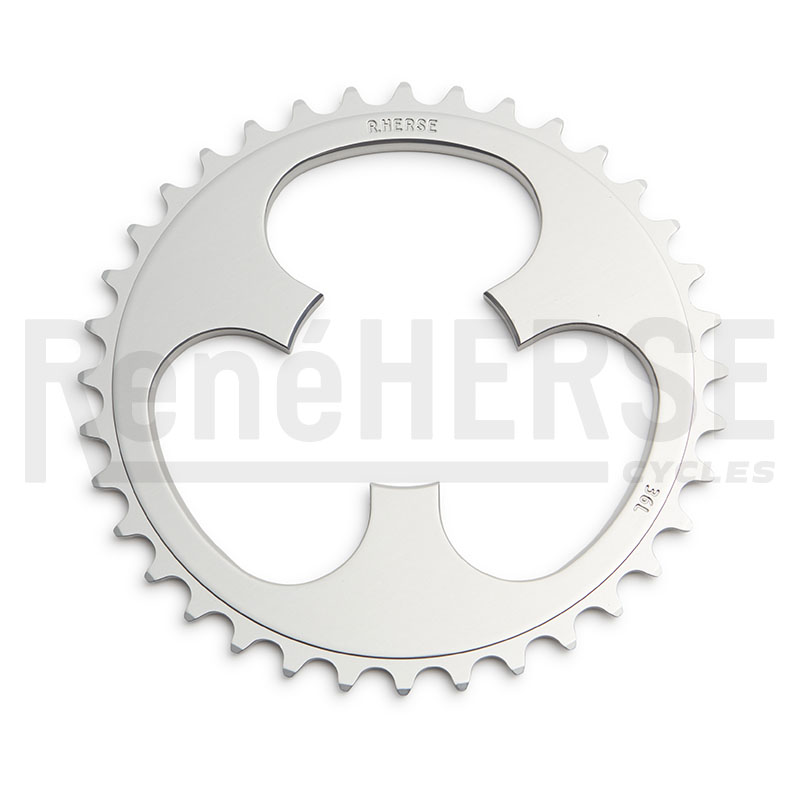
Many Herse bikes have been ridden huge miles, and their chainrings tend to be worn, especially since the classic rings were made from relatively soft 6000-series aluminum. (Our modern rings use harder 7000-series that resists wear.) The first Herse crankarms used smaller chainring bolts and a different interface between spider and ring. We now offer our chainrings as blanks without holes, so they can be adapted to fit all Herse cranks made since 1938. Unlike the brakes, these are not exact replicas of the originals – they use our modern tooth profile and are made from 7000-series aluminum. They are a great choice to keep a cherished bike on the road. Right now, we’re offering the small rings, which are more likely to be worn. In the future, we plan to add other sizes as well.
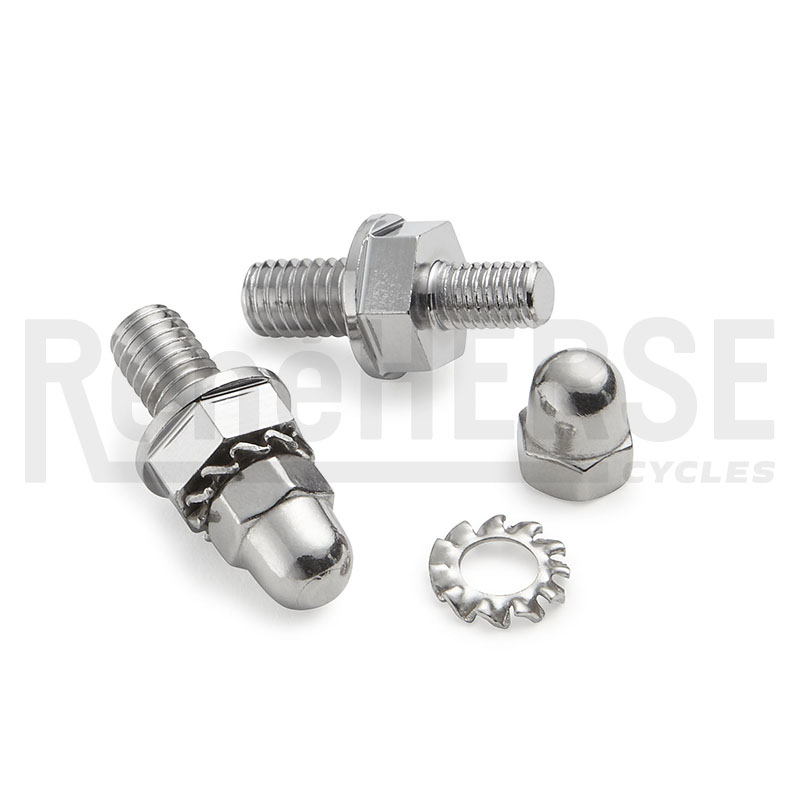
In our program, you’ll also find many of the custom bolts that Herse used on his bikes, plus overhaul kits for Mafac brakes and other parts.
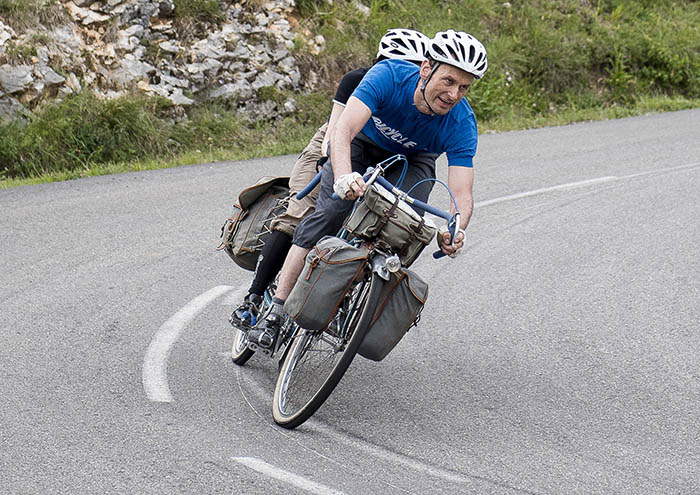
We plan to expand these offerings in the future. It’s all part of our commitment to the 80-year history of Rene Herse Cycles.
Click here for the full range of restoration parts in the Rene Herse Cycles program.
Photo credits: Maindru (Photo 2), Nicolas Joly (Photo 8).


